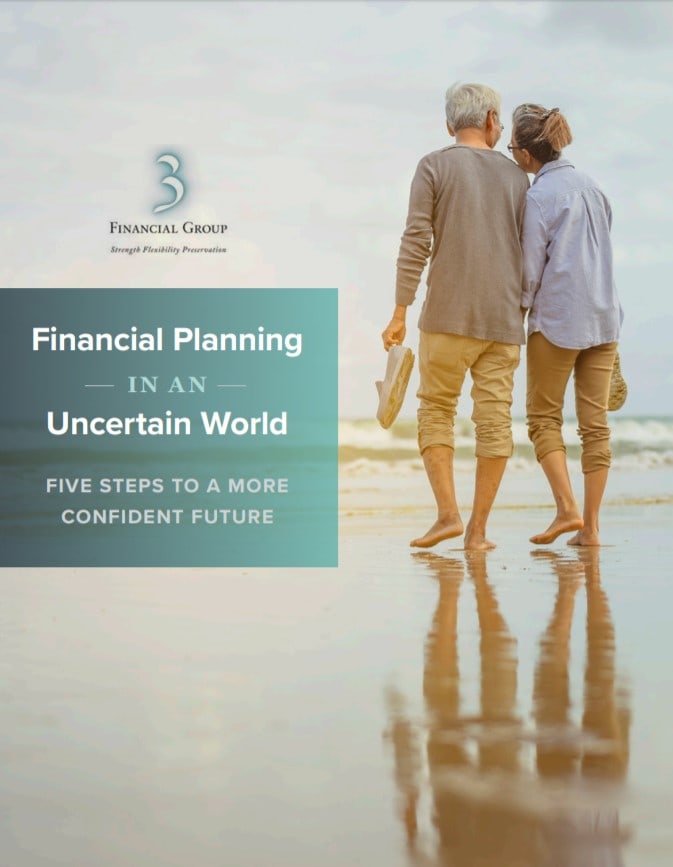In February, some investors got an unwelcomed wakeup call; they realized they didn’t know their investments very well.
When we invest, we typically have a belief that the asset will go higher and tell ourselves all the ways it can work out. And, because we have a natural reversion to regret, we seldom seek to understand the cost of being wrong.
For years, investing in assets that benefited from low volatility was very profitable. Many investors stampeded into this sector due to solid past performance. These investments were also viewed as potential diversifiers in a stock and bond portfolio. Those are both true.
But they failed to know their investment – they failed to understand the downside risks, both the depth and speed that losses could occur. For example, in just one day the exchange traded fund, XIV, lost over 85% of its value. A few days later it ceased to trade.
The LJM Preservation and Growth Fund also blew up in February (down 80%). This investment has the word “preservation” built right it to it. And it was marketed as an investment that “harnesses” volatility. Sounds like a pretty good investment. It tells us it will harness volatility to preserve our assets while offering growth potential.
Many investors don’t take time to read the prospectus and understand the risks, rather we rely on past performance and marketing material of the fund companies to give us the “gist” of the investment.
These examples are great reminders that knowing about an investment is not the same as knowing it. With every investment, especially those that employ securities we may not be familiar with (futures, options etc..), it is important we clearly understand when something can lose value, how much and how fast it can happen.
And just because something has worked for a long time, does not mean it will work going forward…but that is an inherent mental shortcut. I am here to help you think carefully about your choices, and ensure that the risks of investment options are well defined and fit within the parameter of your plan.
Information provided by The Emotional Investor. Member of The Behavioral Finance Network. Used with permissio


